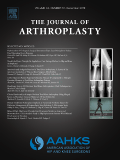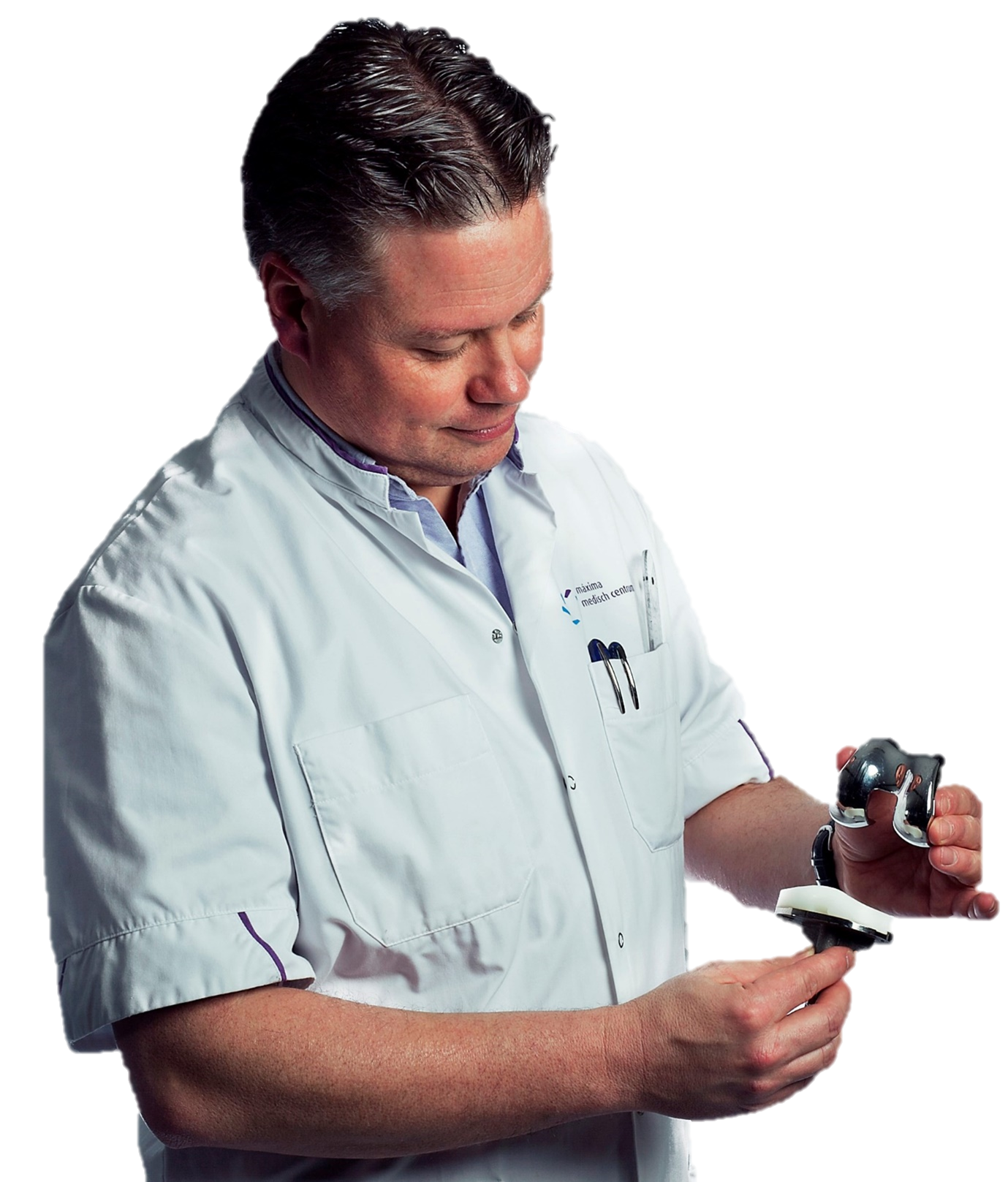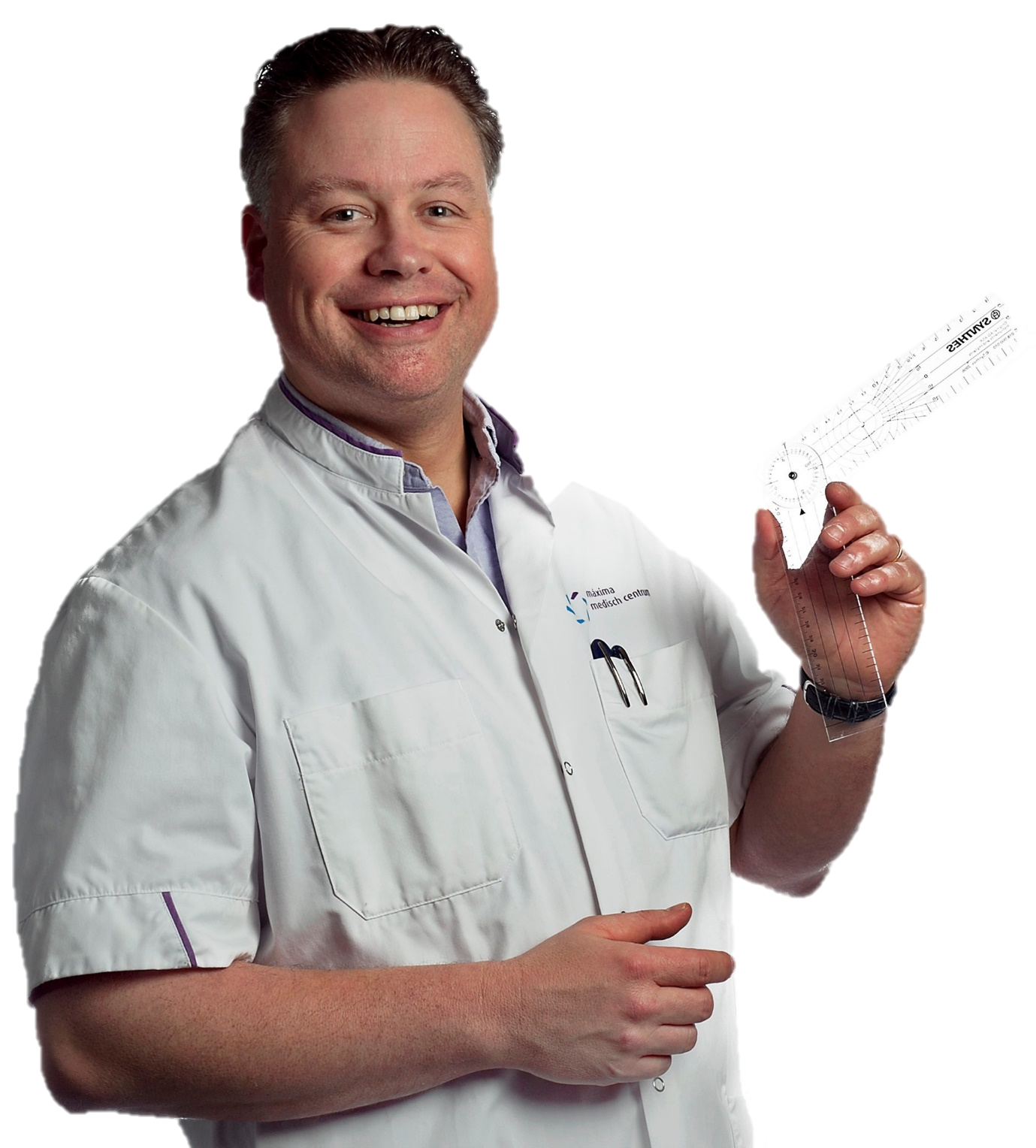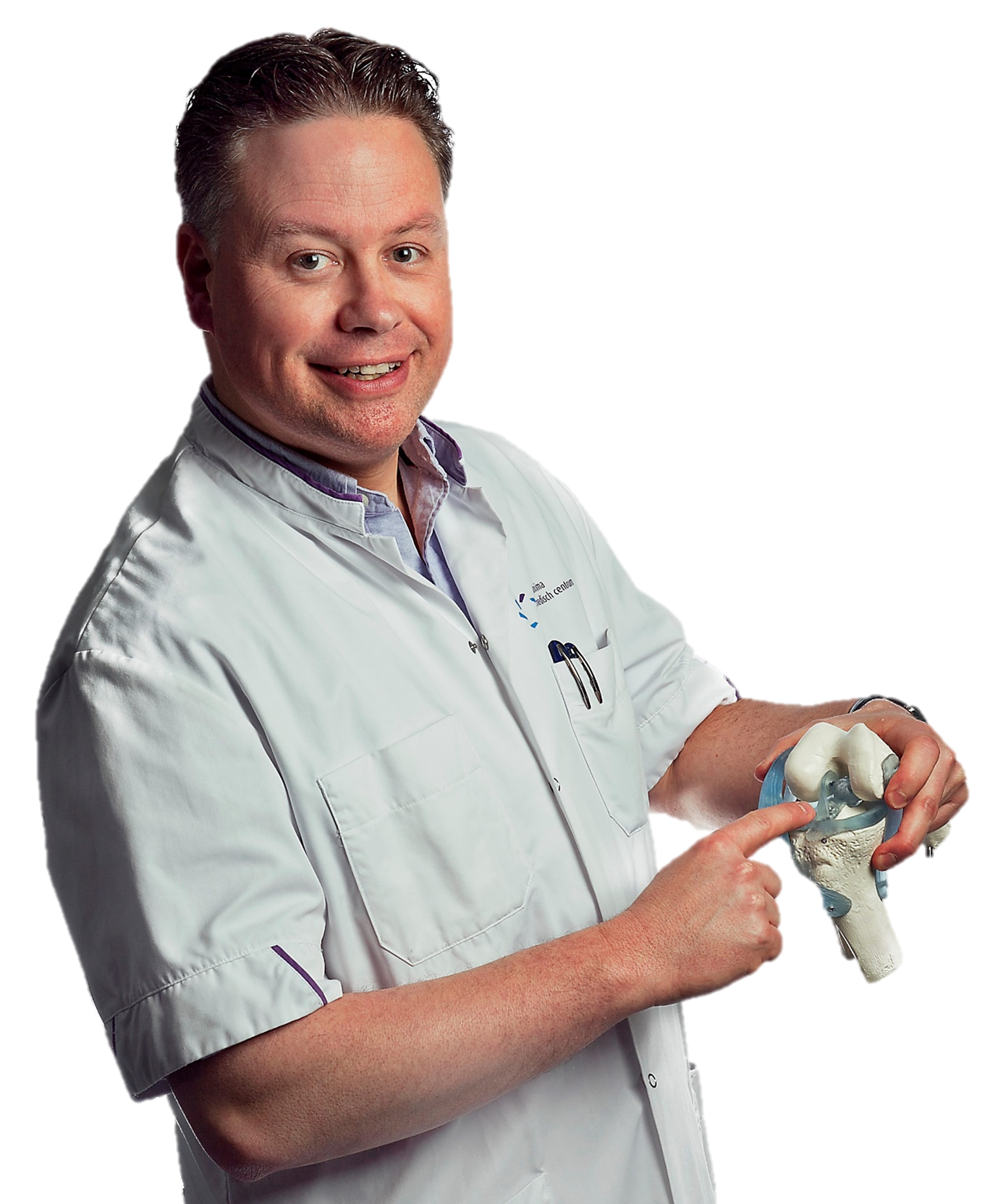STARR Study Group, Meuffels, D. E., &...
Development of Preoperative Prediction Models for Pain and Functional Outcome After Total Knee Arthroplasty Using The Dutch Arthroplasty Register Data

Abstract
BACKGROUND:
One of the main determinants of treatment satisfaction after total knee arthroplasty (TKA) is the fulfillment of preoperative expectations. For optimal expectation management, it is useful to accurately predict the treatment result. Multiple patient factors registered in the Dutch Arthroplasty Register (LROI) can potentially be utilized to estimate the most likely treatment result. The aim of the present study is to create and validate models that predict residual symptoms for patients undergoing primary TKA for knee osteoarthritis.
METHODS:
Data were extracted from the LROI of all TKA patients who had preoperative and postoperative patient-reported outcome measures registered. Multivariable logistic regression analyses were performed to construct predictive algorithms for satisfaction, treatment success, and residual symptoms concerning pain at rest and during activity, sit-to-stand movement, stair negotiation, walking, performance of activities of daily living, kneeling, and squatting. We assessed predictive performance by examining measures of calibration and discrimination.
RESULTS:
Data of 7071 patients could be included for data analysis. Residual complaints on kneeling (female 72%/male 59%) and squatting (female 71%/male 56%) were reported most frequently, and least residual complaints were scored for walking (female 16%/male 12%) and pain at rest (female 18%/male 14%). The predictive algorithms were presented as clinical calculators that present the probability of residual symptoms for an individual patient. The models for residual symptoms concerning sit-to-stand movement, stair negotiation, walking, activities of daily living, and treatment success showed acceptable discriminative values (area under the curve 0.68-0.74). The algorithms for residual complaints regarding kneeling, squatting, pain, and satisfaction showed less favorable results (area under the curve 0.58-0.64). The calibration curves showed adequate calibration for most of the models.
CONCLUSION:
A considerable proportion of patients have residual complaints after TKA. The present study showed that demographic and patient-reported outcome measure data collected in the LROI can be used to predict the probability of residual symptoms after TKA. The models developed in the present study predict the chance of residual symptoms for an individual patient on 10 specific items concerning treatment success, functional outcome, and pain relief. This prediction can be useful for individualized expectation management in patients planned for TKA.





